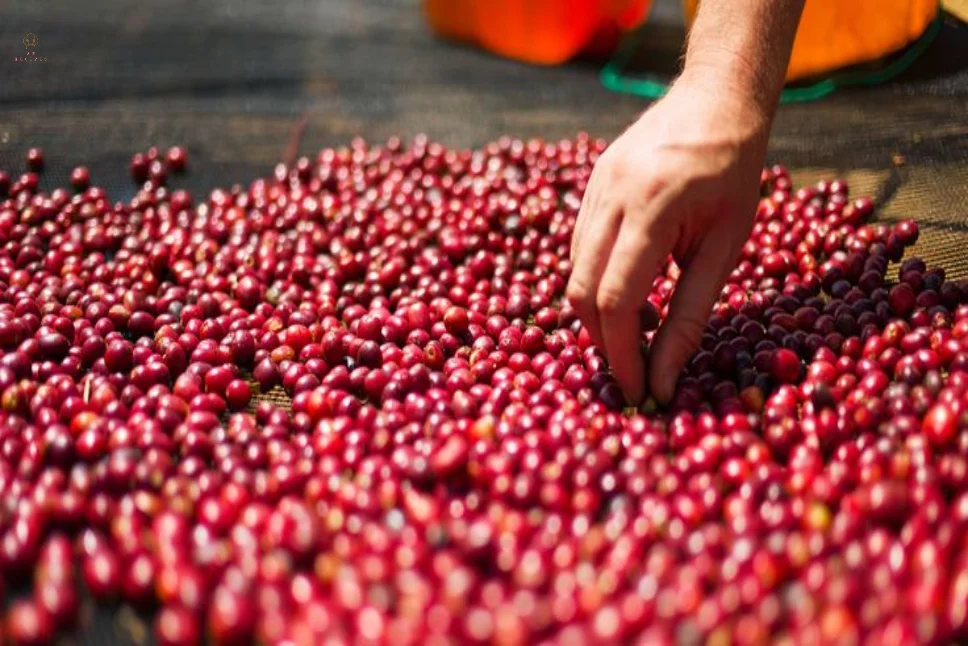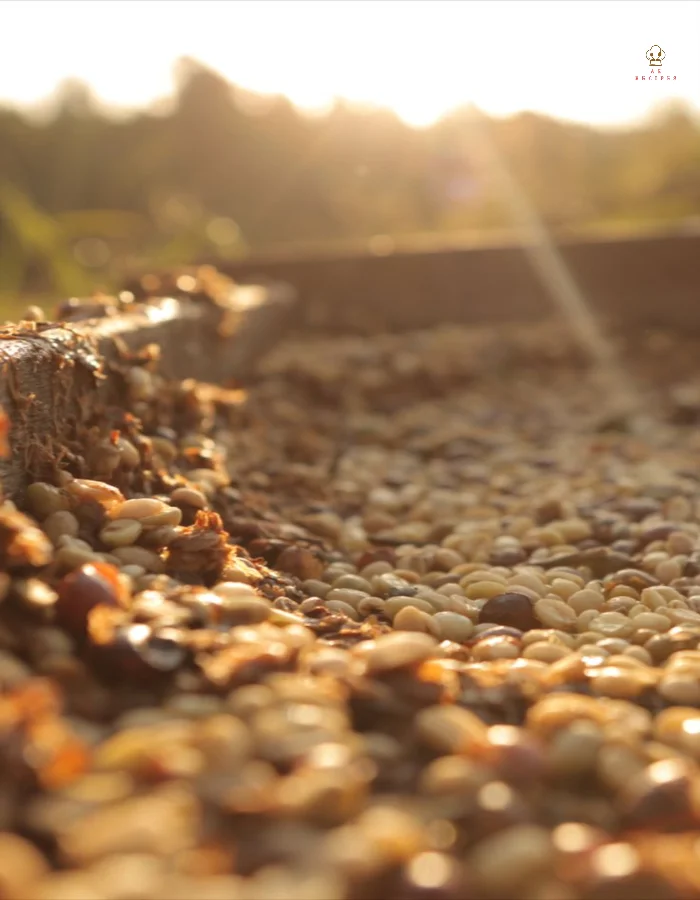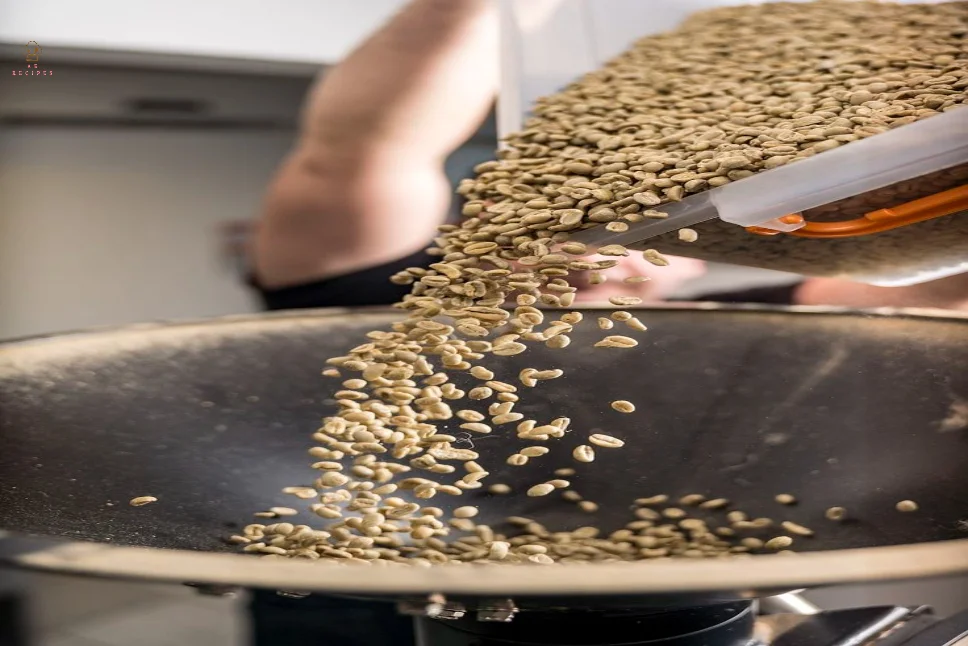
Washed Coffee
Washed Coffee: Whipped Coffee, also known as Dalgona Coffee, is a popular, easy-to-make, creamy beverage with a visually appealing presentation, renowned for its creamy texture.

Would you like this Washed Coffee?
Washed process coffee, also known as fully washed coffee, is a method of coffee bean preparation that involves removing the fruit’s outer layers using water before drying the beans.
Ingredients of Washed Coffee
- Instant coffee: 2 tbsp
- Sugar: 2 tbsp (or as per taste)
- Warm water: 2 tbsp
- Milk: 1 cup (hot or cold)
- Ice: (optional, if making cold coffee)
What is a washed coffee?
Like natural processing, washed coffee involves removing organic materials from the coffee bean within a few days of removing the cherry from the tree, followed by a water wash before drying. As a result, the coffee tastes cleaner and is free of contaminants.
Did they have coffee in the 1300s?
Coffee’s origins can be traced back to South West Ethiopia during the Middle Ages. It was then transported to Yemen, Mecca, Medina, the Red Sea coast, and the Arabian Peninsula.
Compared to natural coffee, which dries with the fruit intact, washed coffee often has a crisper taste, while natural coffee boasts fruitier and heavier notes.

What is coffee grading?
Green coffee beans selected and prepared are categorized using a coffee grading system. Grading is crucial since it establishes quality and follows a reasonable pricing structure. Every manufacturing nation has its own grade and classification charts, which are frequently utilized to establish export minimum requirements.
Is washed coffee more acidic?
After being pulped, washed coffees are steeped. The coffee loses a lot of substance during this procedure, leaving it highly acidic. The cup profile of washed coffees usually has the greatest overall acidity level. Our favorite coffees, which are naturally prepared, preserve all of the fruit.
Why is it called dirty coffee?
The Dirty Coffee, so named because espresso “stains” milk when it is extracted or poured on top, was inspired by this discussion. To preserve mouthfeel and flavor, Tanaka utilized cold milk without adding ice. The Dirty Coffee hasn’t changed much in the years that followed.
Composition of Washed Coffee
Prepare the mixture:
- Boil sugar, instant coffee, and heating water in a bowl.
Make the foam:
- Beat the mixture well with a hand whisk or electric beater until it becomes light and fluffy. This may take about 5-7 minutes.
Prepare the glass:
- Pour milk into a glass or cup. If you like your coffee cold, add ice cubes to the milk.
Pour the foam on top:
- Place the prepared foam on top of the milk with the help of a spoon.
Offer:
- Mix the foam and milk with a spoon or straw and enjoy.
Suggestions for Washed Coffee
Experiment to taste:
- Get unique flavors by adding chocolate powder, cinnamon, or vanilla essence to the foam.
Reduce or increase sweetness:
- Adjust the sugar amount according to your preference, with one teaspoon being sufficient for a less sweet taste.
The trick for creamy foam:
- Using fresh coffee instead of instant coffee will not make the foam as thick, so using instant coffee is better.
Non-Dairy Option:
- Utilize milk alternatives such as almond, soy, or coconut milk.
Did Muslims invent coffee?
In Yemen in the fifteenth century, the Sufi saints brought coffee to the globe as a hot beverage. To keep awake during the nightly zikr recitation and meditation procedures, they sipped qahwa, the Arabic word for coffee (Ralph Hattox, 1985).

Which country has the best coffee?
Vietnam is the second-largest producer of coffee worldwide, whereas Brazil, which has been the leading producer for 150 years, produces 40% of the world’s coffee.
Honey-washed coffee combines aspects of both methods, retaining some fruit mucilage for a sweeter, more balanced flavor.
Who first invented coffee?
Kaldi, a goat herder, discovered the potential of popular beans in the region by observing his goats’ energization after consuming berries from a tree, leading to their refusal to sleep at night.
What is the Golden Ratio for coffee?
The golden ratio, a common practice among coffee professionals, is 60 grams of coffee to one liter of water, which is widely used in home and bulk brewing systems.
How much coffee per milk?
The ratio of coffee to steamed milk is typically 1:4 to 1:6 for the best hot coffee flavor. As stated in the aforementioned video, determining the coffee-to-milk ratio involves weighing the quantity of milk to be steamed and added after measuring the amount of espresso we want to pour into a cup.

How many spoons of coffee per day?
Healthy adults can safely consume up to 400 mg of caffeine daily, which can be found in four cups of brewed coffee, ten cans of cola, or two energy shot drinks, though the actual amount varies.
Whether it’s savoring a white-washed coffee table’s rustic charm or discerning what washed coffee truly means, the concept emphasizes refinement and detail.
In Brief
Brewed coffee is delicious to drink and a fun experience to prepare. It is best enjoyed when the foam and milk are mixed evenly so that the flavor combination is felt in every sip.
This coffee can be a charming option for special occasions or everyday tea. Try it yourself and share your experiences with others!




